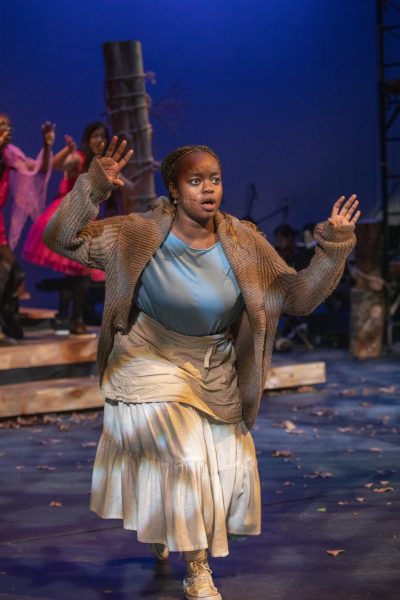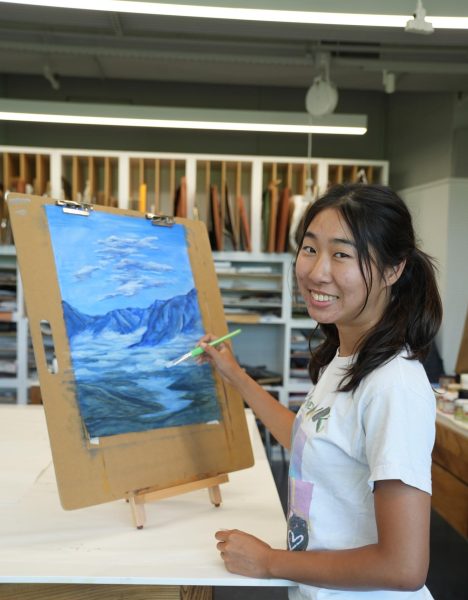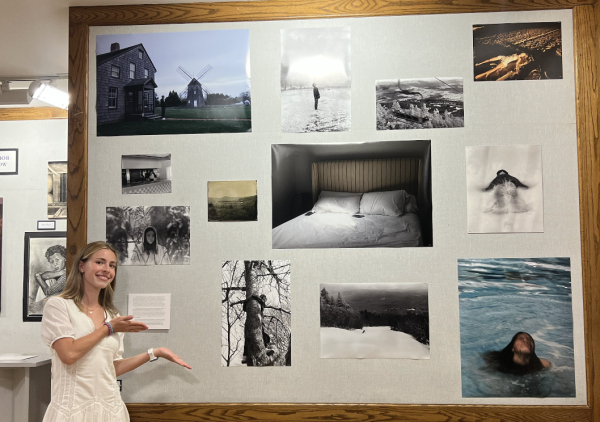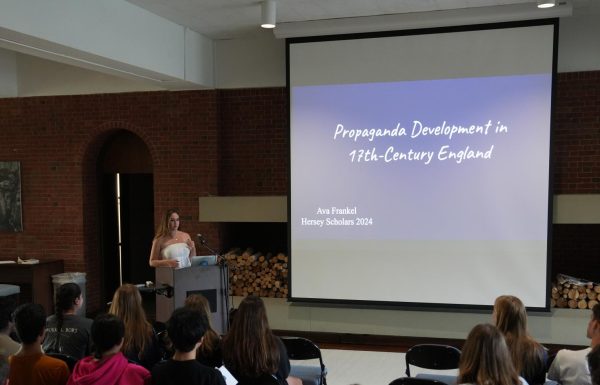Arts Opinion: Inspiration vs. Appropriation
From numerous copyright lawsuits in the music industry to countless design thefts in the fashion industry, the art world has become notorious for its many cases of plagiarism. Oftentimes, when artists view art, they find themselves drawing inspiration from said pieces. However, what is defined as plagiarism in the art industry? And what happens when some artists take it too far?
Given the emphasis placed on academic integrity in other core subjects, teaching students about the difference between inspiration and plagiarism in the art world would be beneficial to students, especially those who choose to further their art careers. In this digital age, it is more important than ever to protect small creators and allow for their work to be properly accredited. All students who enter as Preps are required to take at least two years of visual or performing arts as part of the Prep and Lower Mid Humanities curriculum. During this time, students have the opportunity to grow and learn as artists. Being educated about copyright laws and plagiarism is necessary for all artists, both for the sake of their own artistic integrity as well as to protect their art from being stolen. Mr. Brad Faus, instructor in art, said, “Artists are constantly being affected by the work and ideas of other artists. Being inspired by and adopting the concept/technique of a fellow student is not dishonest or lazy behavior. Invariably, one takes this inspiration and makes it their own through a highly individual and personal creative process. Copying the work of any artist and claiming it as your own is dishonest and considered plagiarism.”
There is a fine line between inspiration and appropriation. Appropriation, described as using someone else’s work as your own without permission, is a complex topic, especially in the art industry where copyrights and patents stay limited even as plagiarism becomes more widespread. It is sometimes complicated to ascertain which aspects of an art piece copyright law protects, making it all the more difficult to make a legal distinction between inspiration and plagiarism. A copyright gives legal rights to the owner of intellectual property, such as the creator of an original piece of art. There are multiple types of copyrights including but not limited to those placed on visual artwork (drawings, paintings, sculptures), sound recordings, musical compositions and lyrics, design patterns, literary works, and more. These copyright laws protect creatives against plagiarism and grant them rights to decide who gets to use their work, as well as where and how their intellectual property is used.
Most prominently nowadays, we see cases of more well-known artists stealing from smaller creators. Major fashion brands and fast-fashion companies steal designs from individual designers all the time. However, since copyright laws often only cover certain aspects of design such as a specific pattern, these companies are technically allowed to use the designs as long as they do not infringe on the copyright laws. Several independent designers have filed copyright infringement lawsuits against big brands such as Shein and Zara. Earlier this year, Shein stole Bailey Prado’s designs, putting near identical pieces up on their website. Prado noticed the similarities in design and pointed it out to her followers on the social media platform, Instagram. Others agreed, also noting the resemblances; however, not much could be done. Due to Shein’s status as a fast fashion giant, as well as the vague copyright laws surrounding fashion design, Prado understood that filing a lawsuit would only be fighting a losing battle. In these cases, even when an artist successfully obtains a copyright for aspects of their design or artwork, most small artists do not have the means to protect their copyrighted work from larger companies. Taking such copyright infringements to federal court is not only expensive, but can also be quite time-consuming. There are other ways for artists to take action against copyright infringement, which include cease and desist letters and Digital Millennium Copyright Act (DMCA) notices. These forms of protection legally notify violators of their copyright infringement and may compel them to take down any copyrighted work, but ultimately these do not suffice. In this regard, more measures– whether it be clarifying copyright laws or simplifying the lawsuit filing process– should be taken to protect artists, especially smaller ones, and their work from plagiarism.
Fortunately, smaller artists in the United States now have another option when deciding how to fight against copyright violations. Instead of pursuing an infringement lawsuit in federal court, they can file a claim with the Copyright Claims Board (CCB) established through the Copyright Alternative in Small-Claims Enforcement (CASE) Act of 2020. The CASE Act, passed on December 27, 2020, allows artists to go through a much easier, expedited process that requires far less time and money. For many artists, this act is quite a big deal and signifies a step in the right direction. Lara Kisielewska, President of the Graphic Artists Guild National, said, “[The CASE Act] is a solution that is long overdue for individual creators and small copyright holders, for whom copyright has too often been a right without a remedy.”
Laws such as the CASE Act are necessary in achieving equity and justice within the art community. As more young people enter the art industry, it would benefit all creators to have the ability to distinguish the line between inspiration and plagiarism in their own art, as well as to understand their rights as artists – starting with students at the school.












